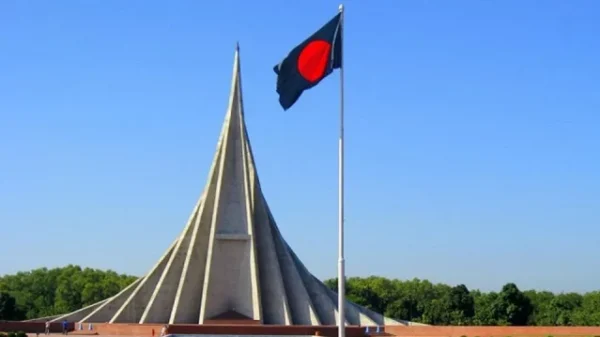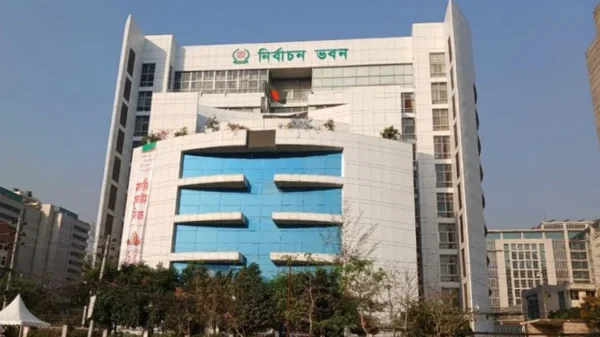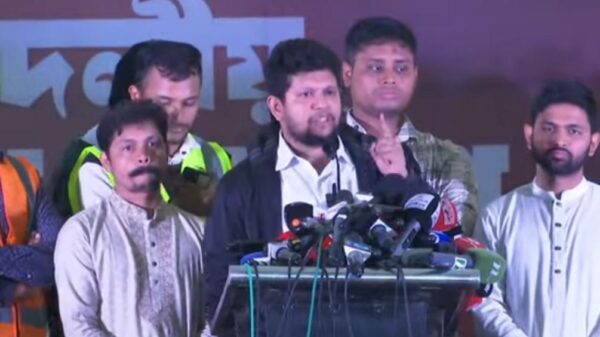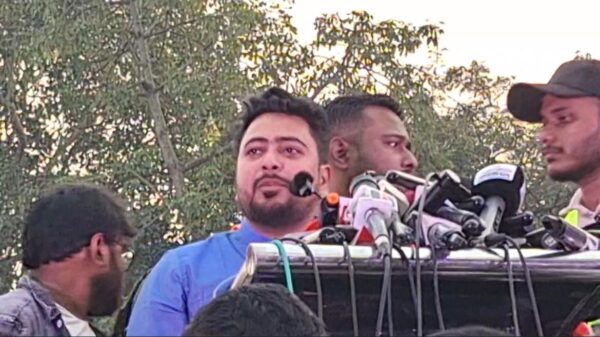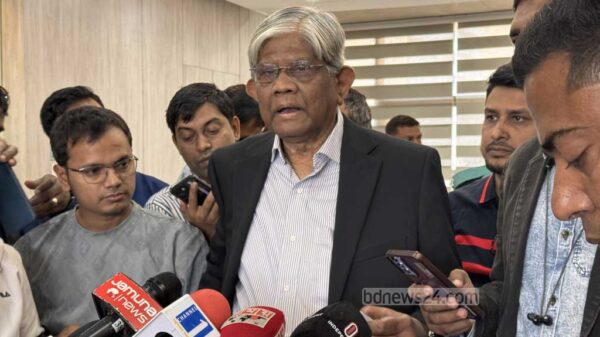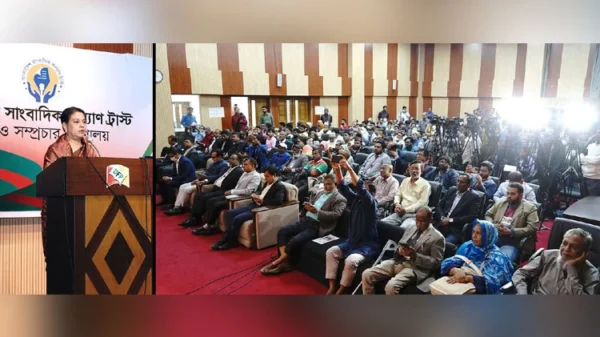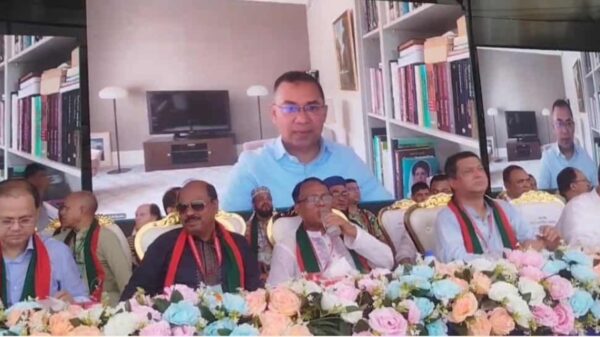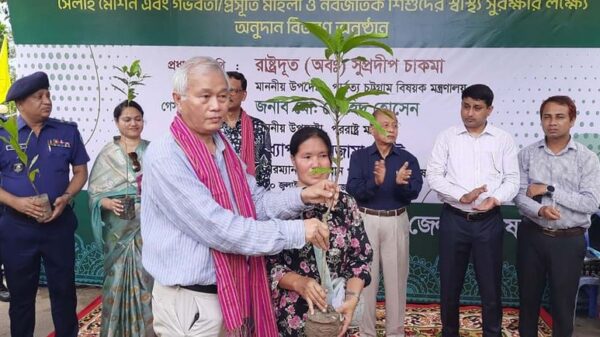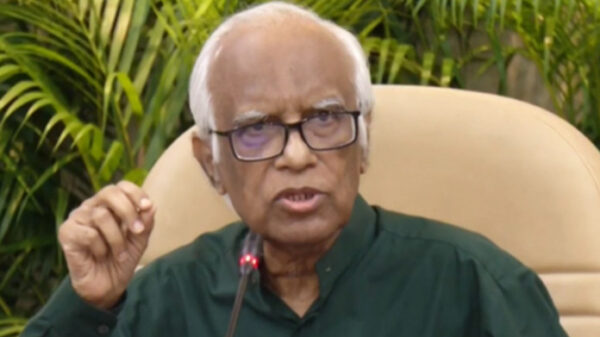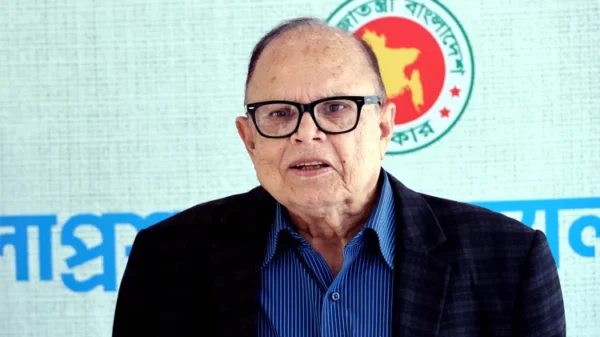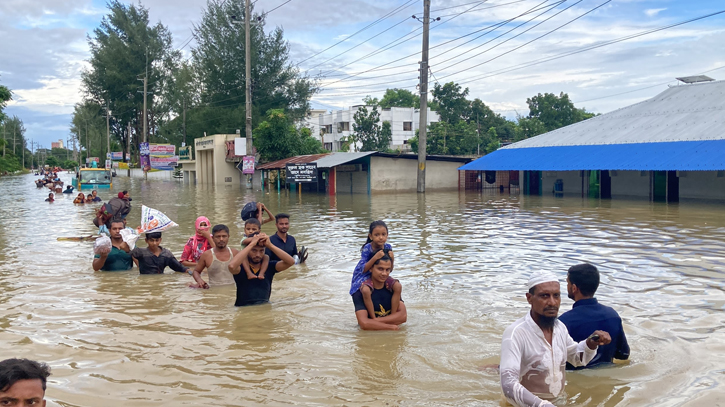Staff Reporter:
Many flood-stricken people in remote and inaccessible areas of Bangladesh are still not receiving essen-tial relief supplies, despite ongoing distribution efforts by both government and non-governmental or-ganizations.
Relief operations, including the distribution of dry food, water, and medicine, are primarily focused on urban centers, with aid being delivered to flood victims in these areas. However, reports indicate that in the most remote and hard-to-reach regions, many people are left without any assistance.
Sources reveal that a substantial amount of relief is being sent from Dhaka and other locations to these affected areas. However, disrupted road communications and a shortage of adequate boats are preventing food and supplies from reaching flood victims stranded in distant areas. Moreover, coordination issues have been observed in the overall distribution of relief.
Further reports indicate that in the flood-affected districts of Feni, Noakhali, and Cumilla, remote re-gions are receiving insufficient aid. Although relief has reached highways, roads, and urban shelter cen-ters in flood-hit eastern districts like Feni, information from hundreds of villages remains unavailable due to disrupted communication systems. Even with the intention to deliver aid, many areas are inacces-sible.
From Sunday (August 25, 2024) to Monday (August 26, 2024), a significant amount of relief arrived in Feni, part of which was distributed to various shelters. However, volunteers and flood victims have pointed out that transporting relief to the worst-affected villages in Feni has been hindered by difficult communication conditions.
Conversations with locals in flood-affected areas reveal that those bringing relief from places like Dhaka need assistance from the local administration. Many are unsure of where to go upon arrival and face challenges in reaching remote areas due to the lack of boats.
In the meantime, waterborne diseases are spreading in several areas, with diarrhoea outbreaks reported in shelters in Feni and other locations. While floodwaters have begun to recede in some areas, others are experiencing rising water levels. Victims report that many have lost their homes, furniture has been swept away, and essential items have been destroyed. In addition to food, clean water, dry clothes, and water purification tablets, they urgently need cash to repair their homes.
On Monday, Disaster Management and Relief Secretary Kamrul Hasan provided an update on the im-proving flood situation in the low-lying areas of Feni and Cumilla districts. He noted that water levels in the major rivers of the northeastern, eastern, and southeastern regions of the country have continued to recede. Over the past 24 hours, no significant rainfall has been observed in the border areas of Cumilla, Brahmanbaria, and Feni districts, or in the internal basins of India’s Tripura province. As a result, the flood situation in the low-lying areas of Feni and Cumilla continues to improve.
The secretary also reported that the water levels of rivers in Moulvibazar and Habiganj districts have fallen below the danger level. According to weather forecasts, no heavy rainfall is expected in the north-eastern part of the country or its upstream areas in the next 48 hours, which may lead to further reduc-tion in water levels in the Manu, Khowai, and Dhalai rivers in Moulvibazar and Habiganj districts.
Flood-hit Districts See Administration Shake-Up
In a recent administrative reshuffle, 25 deputy commissioners (DCs) have been transferred, including those from 11 flood-affected districts.
When asked about the potential impact of these transfers on ongoing relief efforts, Disaster Management and Relief Secretary Kamrul Hasan assured that despite the transfer orders, the Ministry of Public Ad-ministration has instructed that the current DCs in the flood-affected districts will continue in their roles until further notice, ensuring that relief operations are not disrupted.


